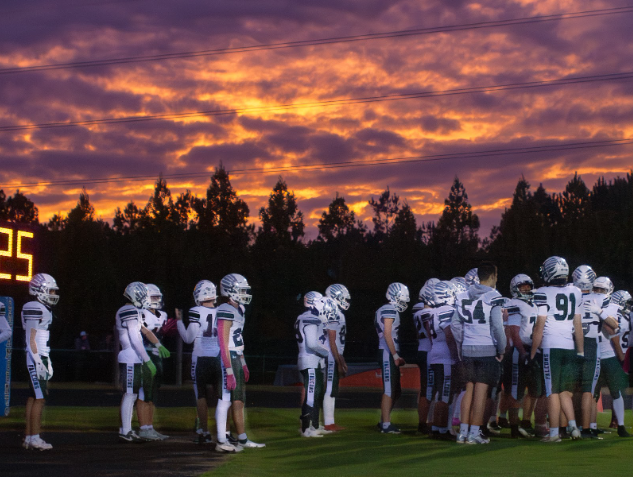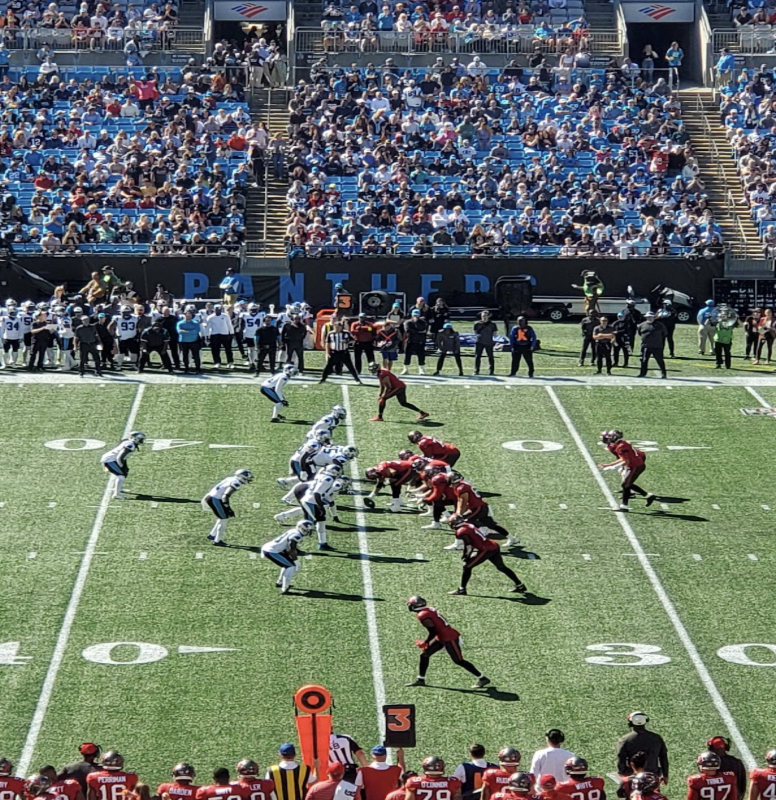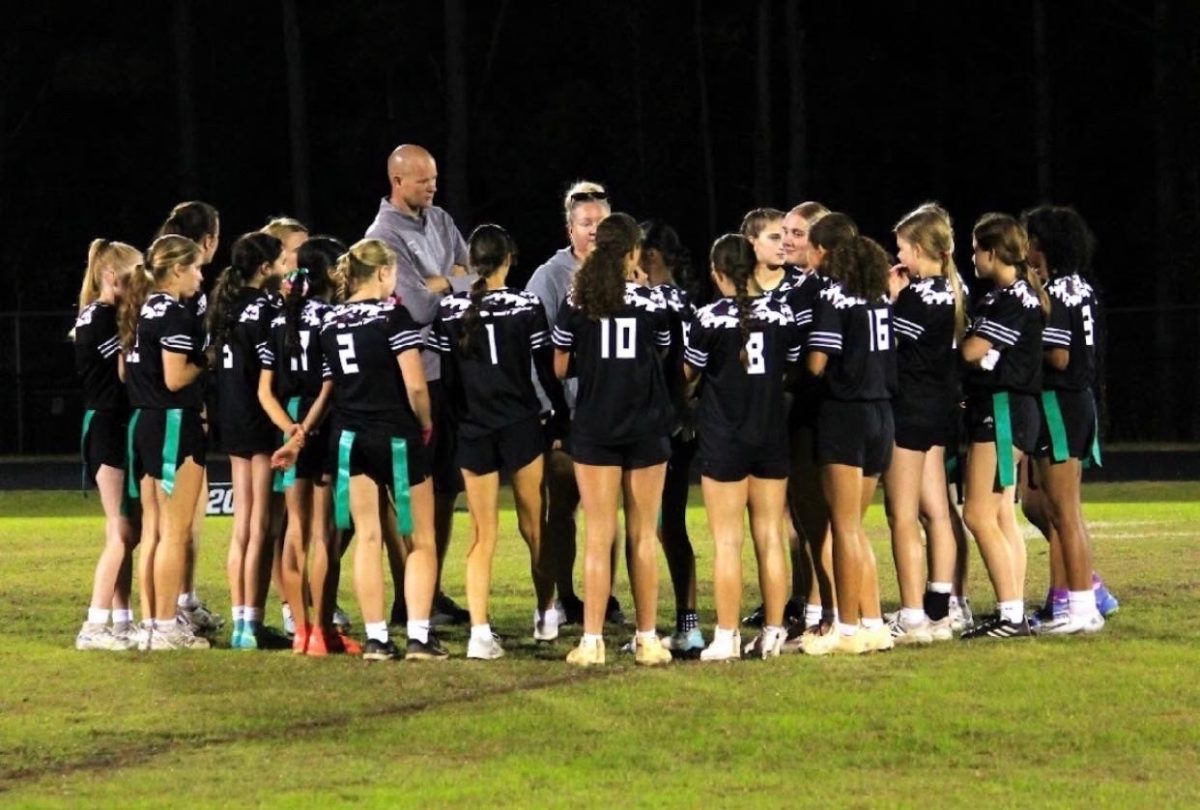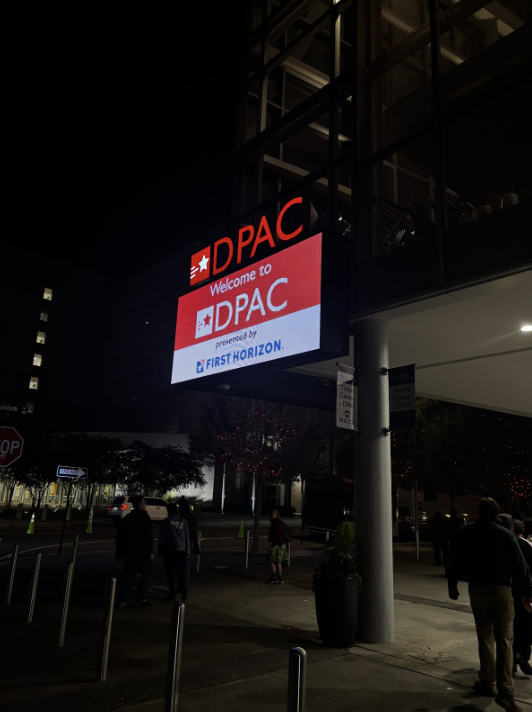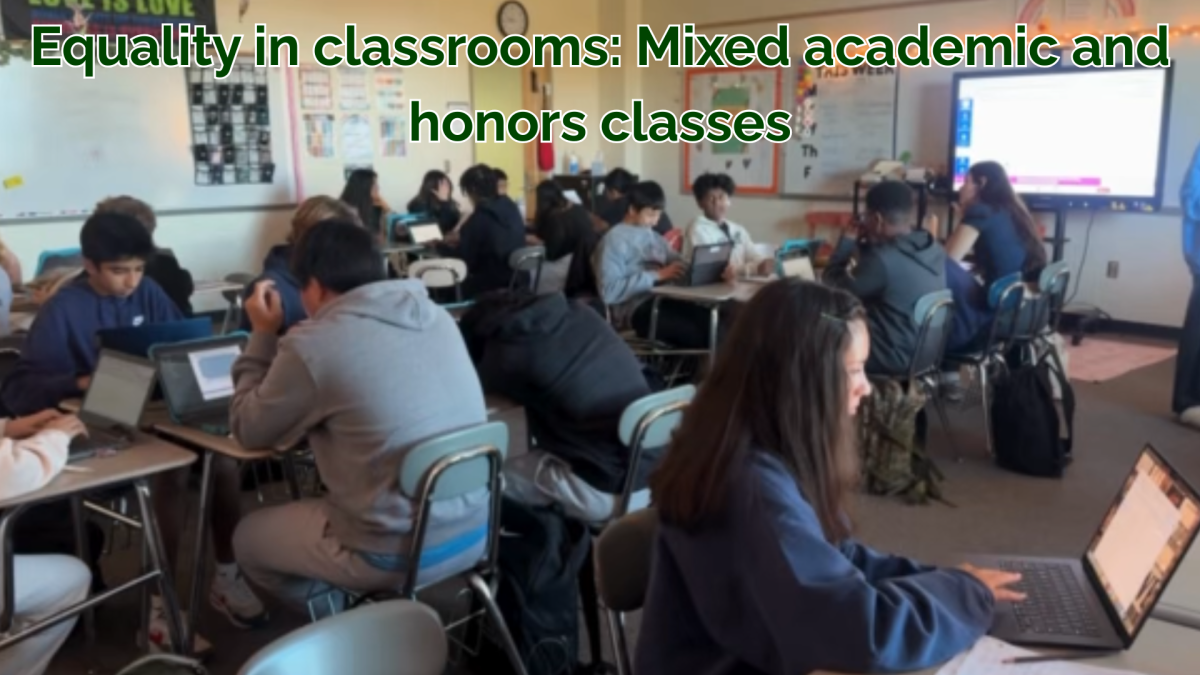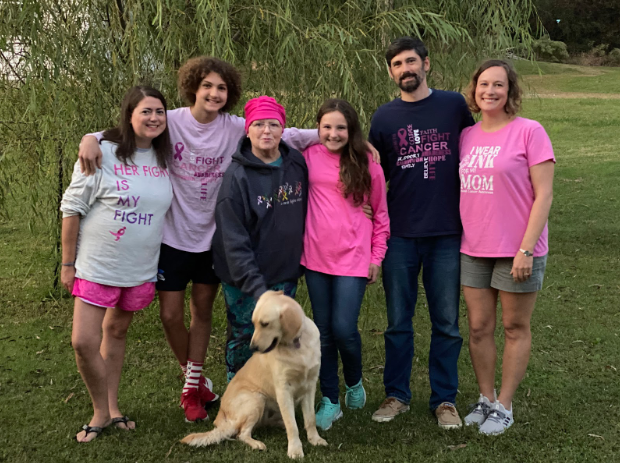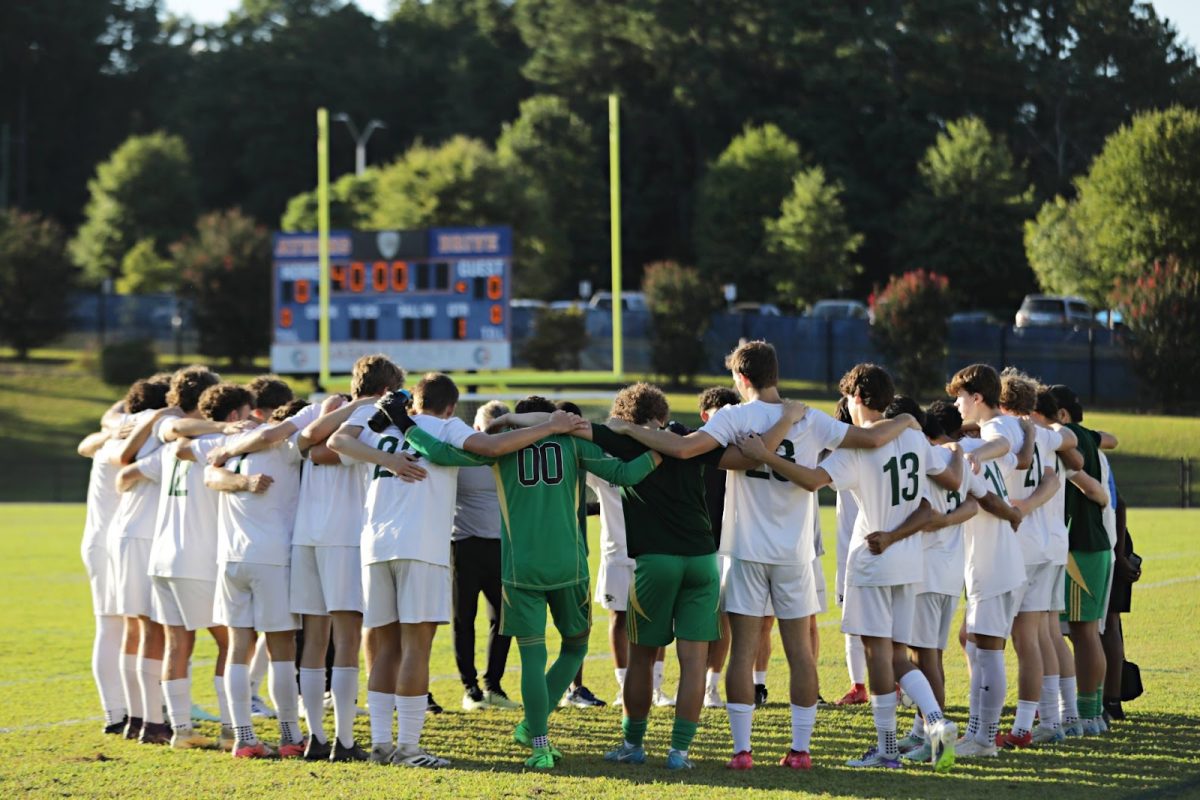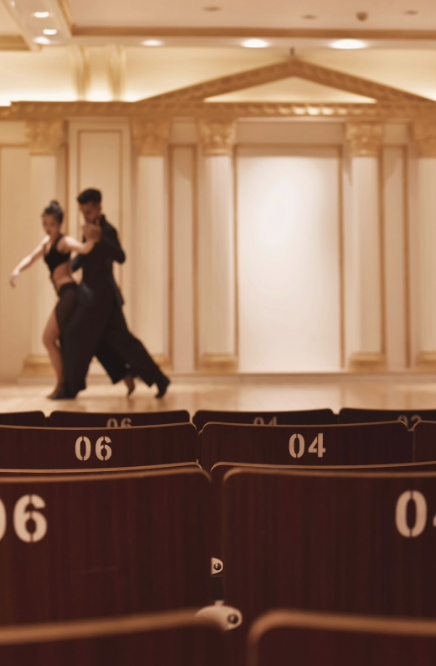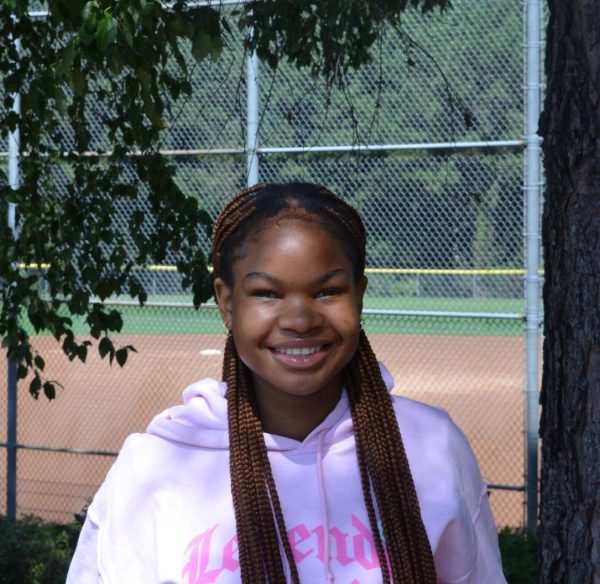Affirmative action was created initially for colleges and universities to join the fight for racial justice after recognizing the long history of racial exclusions in their admissions processes. Schools began to admit small numbers of students from minorities – primarily Black people and Latinos. This move promoted diversity in more racially exclusive schools and success in the programs that the students were being admitted into. It also helped increase access to elite colleges for people of color.
Harvard University and University of North Carolina (UNC), Chapel Hill, accused of discrimination toward Asian American students in their admissions process, sparked a Supreme Court decision that will mark a new course of action for minority students. As of June 29, 2023 Affirmative Action in colleges was officially struck down. Colleges and Universities are no longer permitted to use race as a specific determinant for admission– instead they must only consider it among other factors in a holistic review of applications.
By 1978, people began to experience reverse racism. White people and Asians, who notably submitted more competitive and compelling scores and applications, found it unfair for colleges to reserve spaces in their programs specifically for people of color regardless of their test scores and grades. This issue was taken to the Supreme court, specifically California v Bakke in which University of California medical admissions was sued by Allan Bakke for setting aside seats for Black applicants. Bakke applied to the university twice and was rejected both times even when his applications suggested he should have been accepted. The court ruled against their practice but Justice Lewis F. Powell issued a common ground concurring that racial admissions were unconstitutional but considering race among other factors in order to build a more diverse student body for the benefit of students was permitted. Affirmative Action was still legal. A more diverse student body was studied to promote self-perceived leadership, racial attitudes, intellectual engagement and more which supported Powell’s decision.
As time went on, more enraged people continued challenging the practice. Supreme court rulings from 2003, 2013 and 2015 all ruled Affirmative Action legal provided that the institutions did not practice it ‘too broadly’ and only used it for the benefit of the school. Critics argued that this violated the Equal Rights Protection Clause of the 14th amendment rights while, on the other hand, race-neutral admissions were considered racially discriminatory.
A case that bolded the line between unconstitutional and permissible Affirmative Action was the case of Grutter v Bollinger. A white Michigan resident, Barbara Grutter, applied for admission to University of Michigan Law school with a 3.8 GPA and a 161 LSAT score but was rejected. In court the university admitted to using race as a ‘compelling interest in achieving diversity among its student body’. This introduced ‘establishing diversity’ as a governmental interest sufficient enough to justify Affirmative Action. Because of this, the court held that the Equal Rights Protection Clause did not prohibit and was not violated by colleges’ use of race in admissions. Recently, Congress has changed their view on this controversial topic, after years of supporting it.
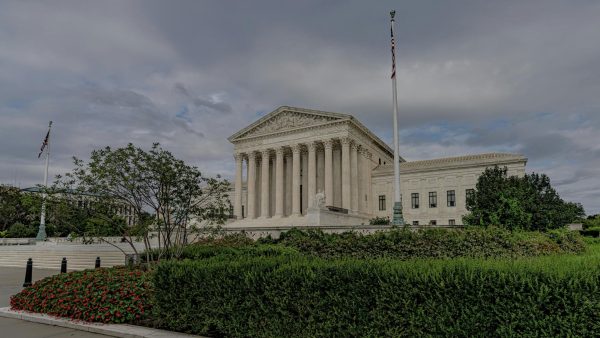
The Supreme court asserted that the universities violated the Equal Protection Clause because the schools did not effectively justify their use of race in their admissions programs. Chief Justice John Roberts believed the admissions programs involved racial stereotyping in the case of Students for Fair Admissions (SFFA) v Fellows and President of Harvard College where Harvard and UNC were accused of violating the Equal Rights Protection Clause. SFFA sued Harvard for violating Title VI of the Civil Rights Act of 1964 by discriminating against Asian students in favor of white students and UNC for violating the Equal Protection Clause. After a review of both admissions processes, underrepresented minorities were seen to receive higher ratings on the personal ratings section and lower ratings on the academic performance section compared to their Asian and white peers. Individuals may also have received a ‘plus’ on their application because of their race. In reference to previous racial discrimination cases, Plessy v Ferguson, Brown v Board of Education, Palmore v Sidoti and many others, Supreme Court rulings reaffirmed the core purpose of the Equal Protection Clause; to make sure laws applied the same to everyone ‘without regard to any differences in race, color or nationality’ and concluded that these schools deviated from the purpose. By considering race as a factor in admission policies, certain assumptions of races and ethnic groups are reinforced. Some groups are also generalized because the action causes an assumption that all minority groups need the same support to be made, stereotyping them.
Universities have, for a long time, implied that an applicant’s identity is based on the color of their skin and not on overcoming challenges, lessons or skills learnt in past experiences which promotes stereotypes and harms non-minorities as a result. A pause in Affirmative Action may require some applicants to work much harder than others but it may end the gap between races and minority groups, which in itself is discriminatory. Schools may still pursue diversity but only through race-neutral alternatives.





















